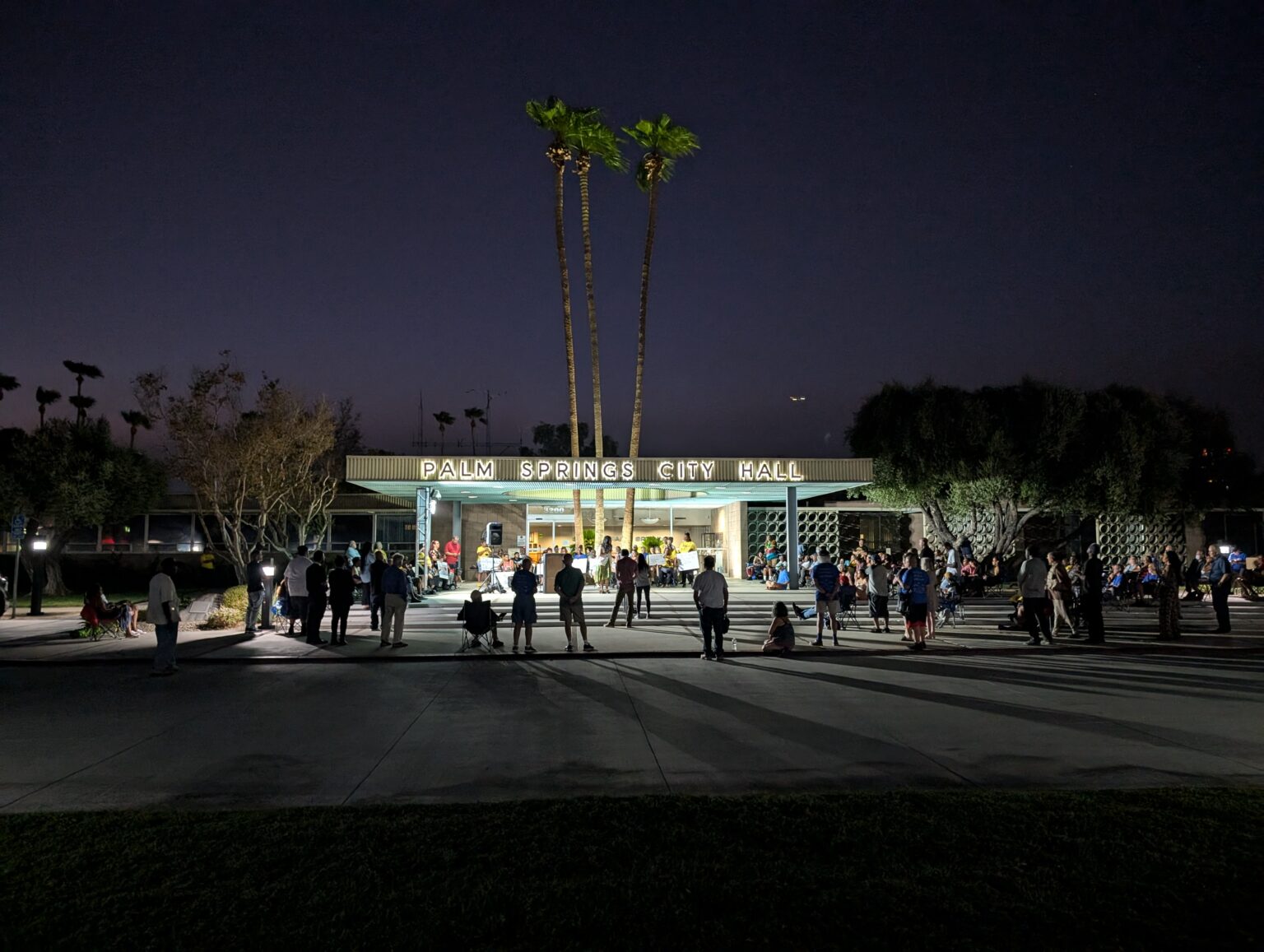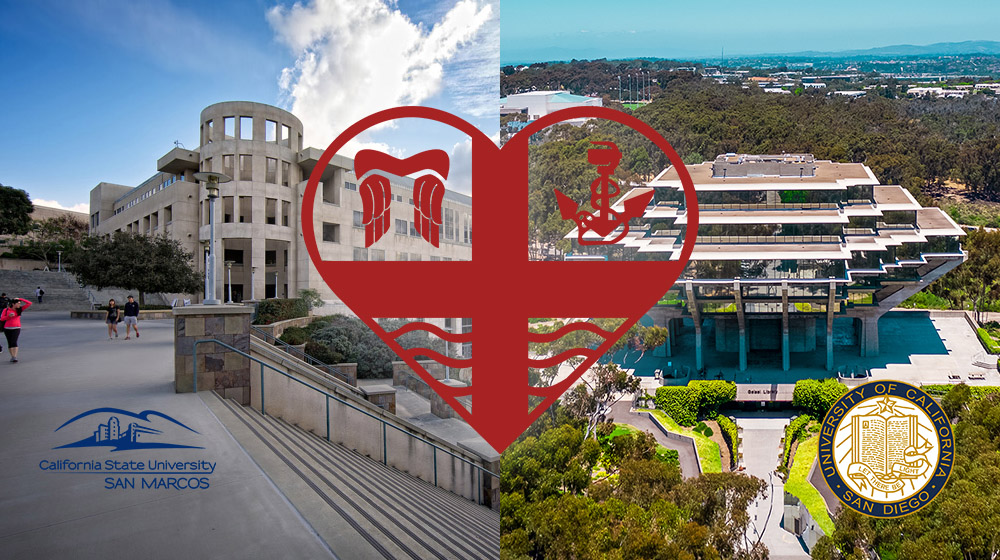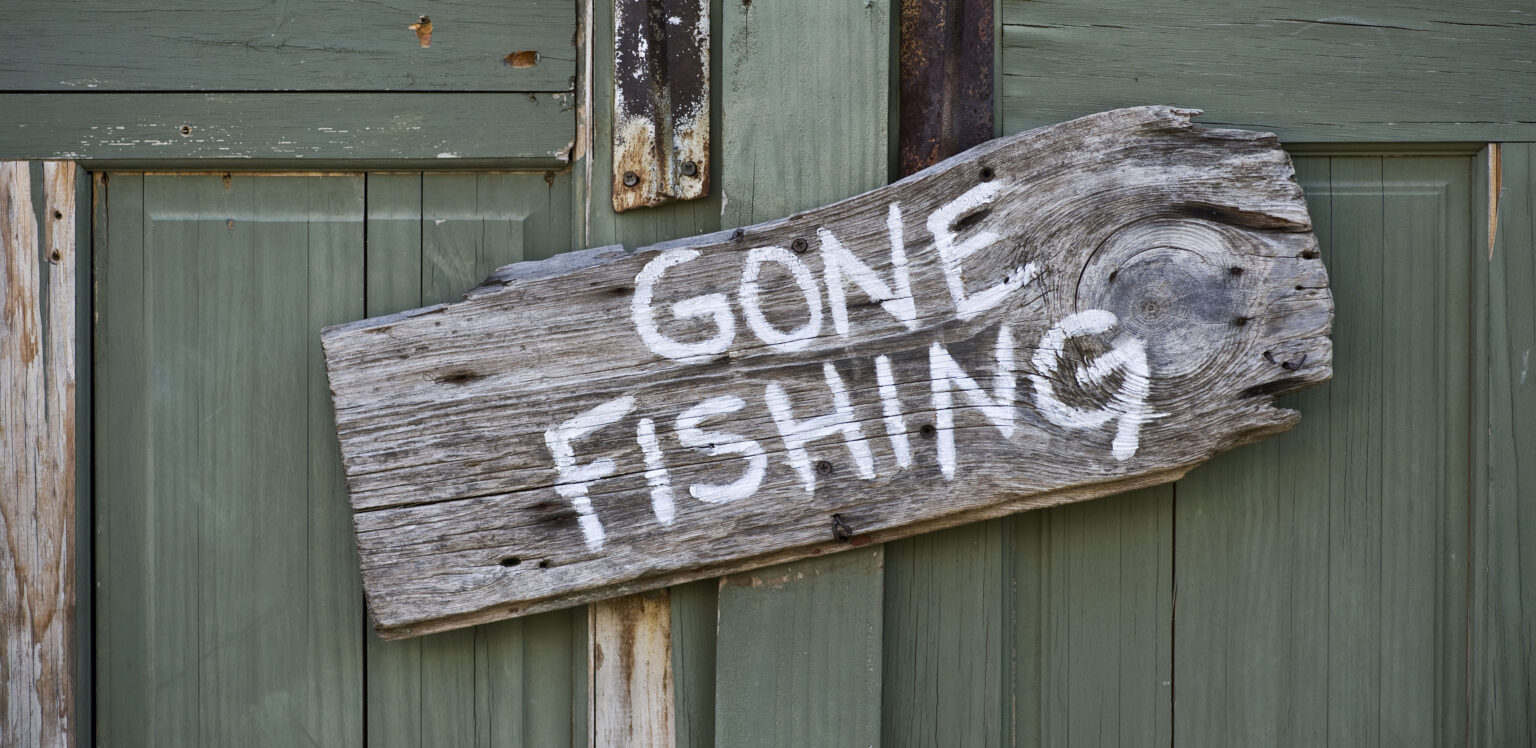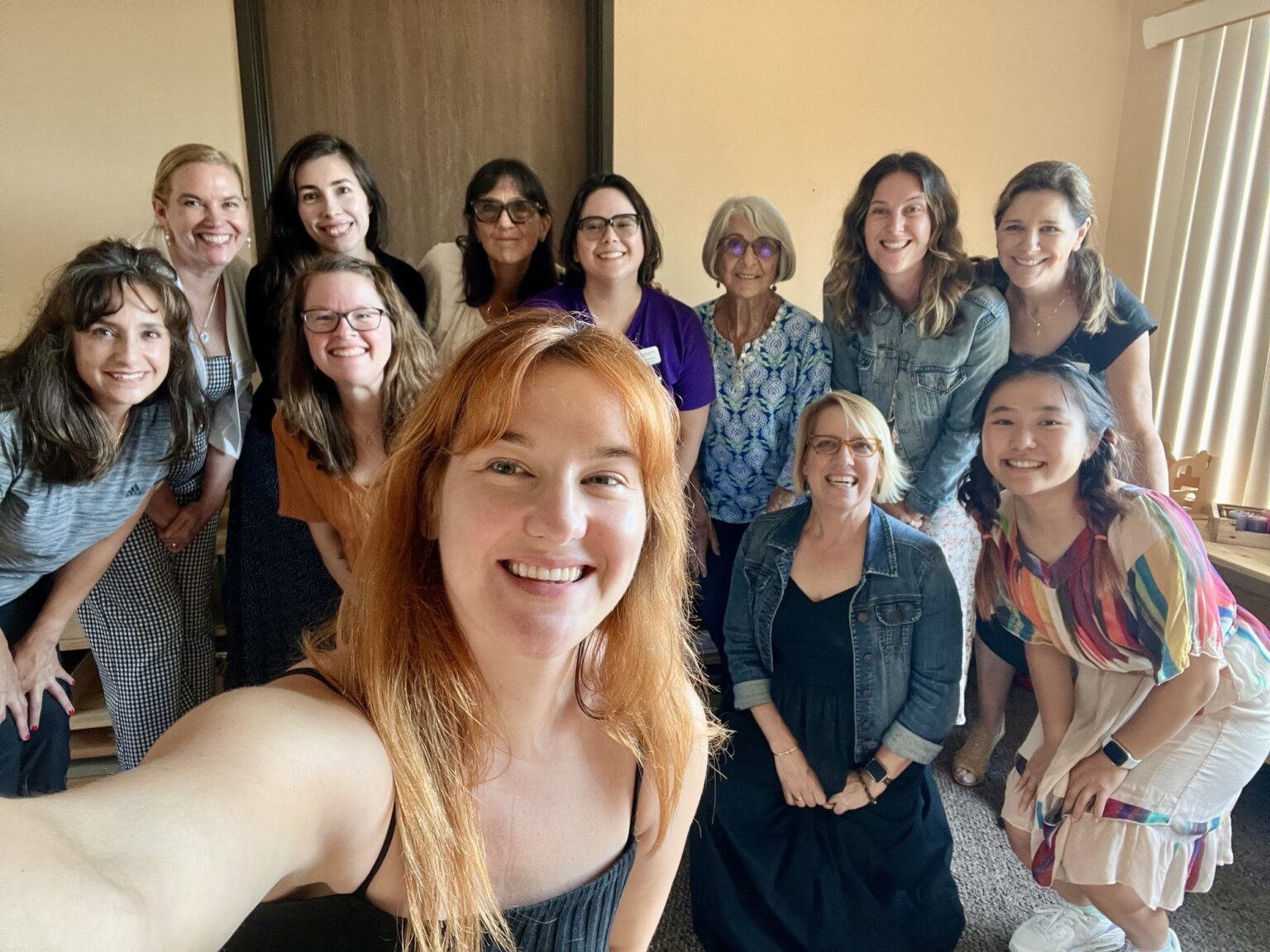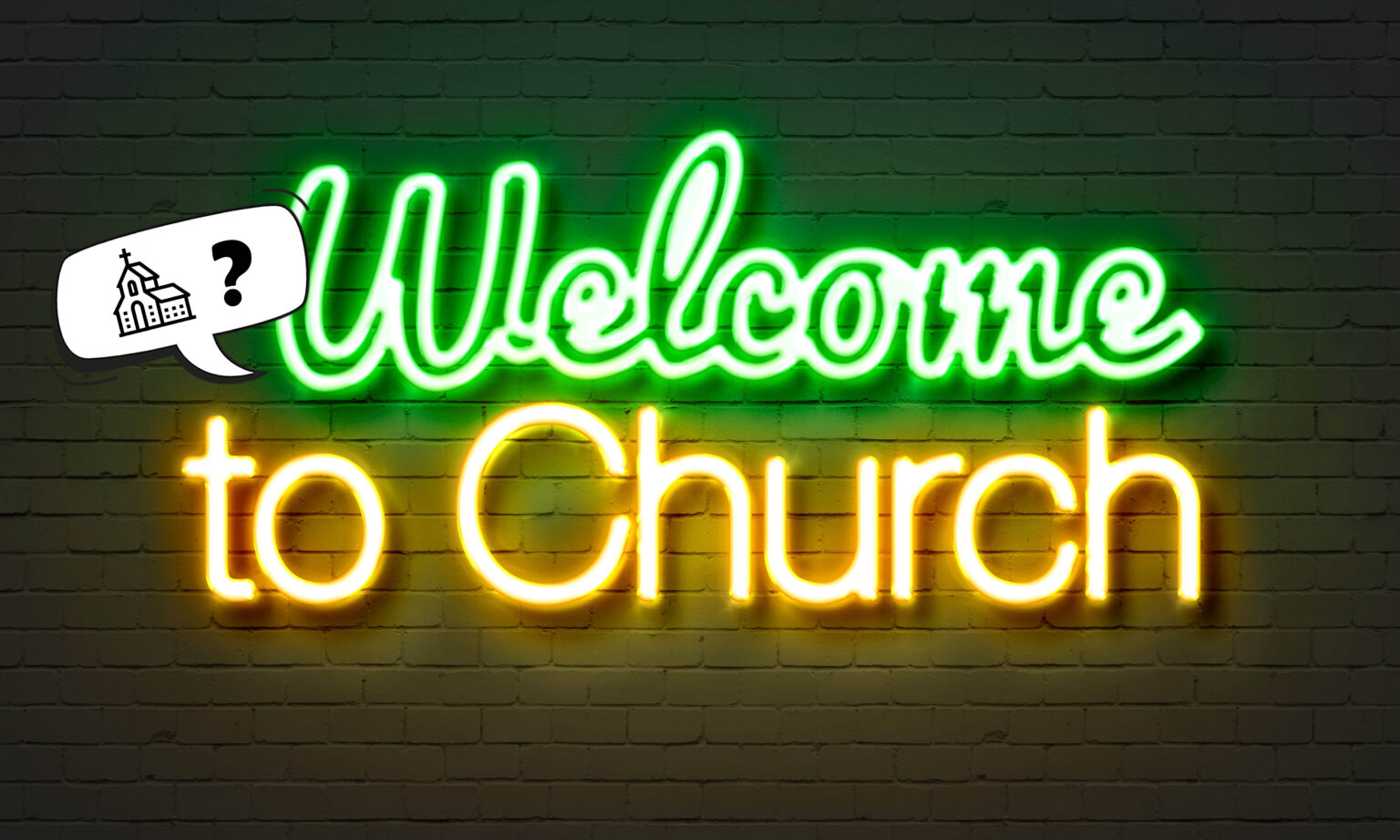Convention is Coming 2024

The Episcopal Diocese of San Diego’s 51st Annual Diocesan Convention will be held on November 8-9, 2024, at St. Margaret’s Episcopal Church in Palm Desert. Far more than a business meeting, the Convention offers a rich blend of fellowship, celebration, and spiritual renewal.
The Convention kicks off with pre-convention, optional activities on Friday, November 8, designed to deepen attendees’ connection to both nature and the community. The day begins with a 2.2-mile hike along the scenic Cross Trail, led by Father David Burgdorf. For those seeking hands-on service, the Food Loop program with Chet Hecht offers the chance to engage in meaningful work, including food packing, composting, and community gardening. Participants can also enjoy a reflective Labyrinth Walk, offered by the Daughters of the King in the peaceful courtyard of St. Margaret’s.
Convention business begins in the afternoon with registration at 1:00 PM, followed by a special showing of “The Philadelphia Eleven,” a documentary commemorating the first women ordained as priests in the Episcopal Church. Friday evening closes with dinner on the patio.
Saturday’s schedule includes the Opening Eucharist at 9:00 AM, followed by a full day of business and opportunities for fellowship. Whether you’re a seasoned delegate or attending for the first time, Convention is always a meaningful blend of business and joy.
Every year, Diocesan Convention elects clergy and lay people from throughout the diocese to fill positions of leadership positions throughout the diocese’s governance. These positions often serve at the heart of diocesan ministry. All lay and clergy members of the diocese are welcome to run for elected office at Diocesan Convention. If you are feeling called to serve the church as a diocesan leader, please submit your nomination for election here:
Positions Open for Nomination
Executive Council is responsible for implementing the Strategic Plan of the diocese. Currently, Executive Council is working on forming new worshiping communities, crafting affordable housing initiatives, working on peace and justice efforts, opening a migrant shelter in Tijuana, and advocating for growing evangelism efforts throughout the diocese. There are also Executive Council Committees that use their significant financial knowledge to support congregations in financial planning and stewardship. The Executive Council also takes care of diocesan properties. You can see that Council makes use of a wide variety of people and their gifts. It’s a four-year term and meets virtually one Saturday of the month. With virtual meeting space, no matter where you reside, you can participate in Executive Council.
The Standing Committee is the Bishop’s council of advice. It comprises four clergy, who are voting members of Convention, and four Lay members, who are communicants of the Church. The Standing Committee acts as the ecclesiastical authority when the bishop is absent or incapacitated. The powers, functions, and duties of the Standing Committee shall be those prescribed by the Constitution and· Canons of The Episcopal Church, and by the Constitution and Canons of this Diocese. Upon expiration of the member’s term, no person shall be eligible to serve as a member of the Standing Committee for a period of one year.
The Disciplinary Board hears cases regarding the discipline of clergy as specified in accordance with Title IV of the Constitution and Canons of The Episcopal Church. Members are elected for staggered three-year terms and may be re-elected for multiple terms.
The Secretary of Convention takes the minutes for Diocesan Convention, certifies Deputies to General Convention, and performs other duties as listed in the Canons of the Episcopal Diocese of San Diego. The Secretary of Convention records the minutes and resolutions of the monthly Diocesan Executive Council meetings. The Secretary is elected for a one-year term and may be re-elected.
Housing
EDSD has not secured a block of rooms at a hotel for Diocesan Convention. All delegates and visitors are encouraged to secure their hotel rooms early. We have compiled a list of hotels near St. Margaret’s for your convenience at www.conventionedsd.org/housing.
Dinner
This year, St. Margaret’s has planned a wonderful dinner that will be provided to all delegates and visitors on Friday, November 9th. This is built into the fees for Convention.
Vendors
We are excited, once again, to welcome vendors to Diocesan Convention. This is a great opportunity to showcase your goods or services to Episcopalians throughout the diocese. Ministries of the Diocese are welcome to share materials free of charge. Registration is required for all vendors.
Resolution Submission
Every year, the Diocesan Convention votes on Resolutions and changes to the Diocesan Cannons. If you would like to submit a resolution or canonical change, please click the button below. If you have questions about submitting a resolution or canon change, please email Canon Gwynn Lynch at glynch@edsd.org.
